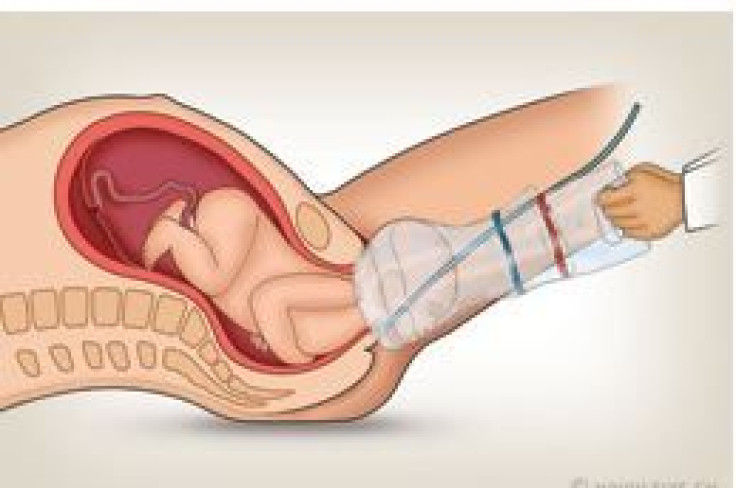Car Mechanic's Invention May Ease Birth: Odon Device May Soon Replace Forceps During Obstructed Births

Score one for the man on the street! After watching a YouTube video about removing a cork pushed inside a wine bottle, Jorge Odon, 59, an Argentinian car mechanic invented an ingenious instrument for safely delivering babies when complications occur. In fact, the Odon Device may soon replace forceps and vacuum extractors. It is currently undergoing clinical testing after being developed in partnership with the World Health Organization (WHO), Des Moines University, and an American technology company, among other organizations.
"The Odon Device… promises to transfer life-saving capacity to rural health posts, which almost never have the facilities and staff to perform a C-section,” Dr. Margaret Chan, the Director-General of WHO, stated in a press release. “If approved, the Odon device will be the first simple new tool for assisted delivery since forceps and vacuum extractors were introduced centuries ago."
The Odon Device
The device is made of a polyethylene material and is inexpensive to manufacture. The way it works (in the roughest terms) is by slipping a plastic bag inside a lubricated plastic sleeve around the head of the baby, inflating the bag to grip the head, and then pulling the bag until the baby emerges. It is considered both safer and easier to apply than forceps or vacuum extractor during an assisted delivery. It can also be used as an alternative to some Caesarean sections in countries or situations where there may be limited surgical capacity. Because it reduces contact between the baby’s head and the birth channel, the device may prevent infections acquired during delivery.
The device has already been safety-tested on 30 Argentine mothers, undergoing a normal labor in a hospital setting. All the mothers had previously given birth. WHO is currently conducting tests on 100 women during normal labor conditions in China, India, and rural South Africa. If all goes well, testing will continue with 170 women who have an obstructed labor. The device, The New York Times reported, will be manufactured by Becton, Dickinson and Company, a medical device company headquartered in New Jersey. WHO believes the device has potential for wide application in poor regions of the world, even when delivery is undertaken by less educated and experienced providers.
What is obstructed labor?
Obstructed labor indicates a failure to progress to delivery due to mechanical problems. Commonly, there is a mismatch between fetal size and the mother’s pelvis, though more accurately, it is the size of the presenting part of the fetus that may be too large. This may be caused by malpresentation, such as when the brow or shoulder appear first in the pelvic brim. Enlargement of the fetal head, as in hydrocephalus, may also obstruct labor. In other cases, the mother’s pelvis may be contracted, which is common in cases of malnutrition.
Neglected obstructed labour (OL) is a major cause of both maternal and newborn morbidity and mortality. About 273,000 women die from complications during pregnancy and childbirth each year with 99 percent of these deaths taking place in the developing world. In most instances these deaths can be prevented.
Source: Alkore BC, Vincent JR, Burns CT. Obstructed Labor and Caesarean Delivery: The Cost and Benefit of Surgical Intervention. PLOS One. 2012.



























